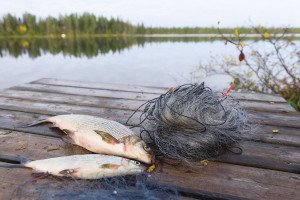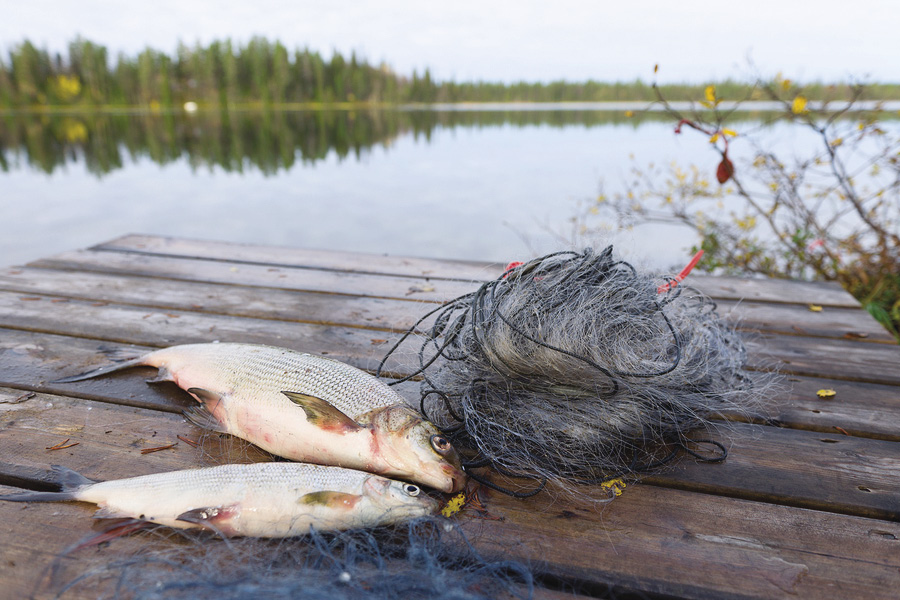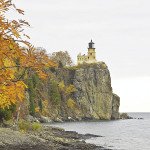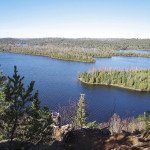St. Paul—Recreational netting for whitefish and tullibee opens Friday, Oct. 9, on designated lakes that are less susceptible to sudden changes that impact water temperature, according to the Minnesota DNR.
These lakes, known as Schedule II lakes, offer recreational netting on the following schedule:
- Schedule II A lakes open Friday, Oct. 9 and close Sunday, Dec. 6.
- Schedule II B lakes open Friday, Nov. 6 and close Sunday, Dec. 13.
- Schedule II C lakes open Friday, Nov. 13 and close Sunday, Dec. 13.
Schedule I Lakes, which are more susceptible to factors that impact water temperatures, will be opened and closed on a 48-hour notice posted at lake accesses, other public places and the DNR website.
A complete list of all Schedule I and II lakes, status of the seasonal openings and closures, as well as detailed netting regulations, are available online at www.mndnr.gov/regulations/fishing or by calling the DNR Information Center toll-free at 1-888-646-6367.
The DNR recommends drying nets for 10 days or freezing for two days before moving a net to a new lake, or netting only one lake in a season. Netting in infested waters may be restricted or closed to sport netting of whitefish and tullibee. See the fishing regulations booklet for a list of infested waters or visit www.mndnr.gov/invasives/ais/infested.html.

About 700 people obtain permits to net for whitefish and tullibee each year. The DNR bases netting schedules on expected water temperatures. As the water temperature cools, most game fish head to deeper water while whitefish and tullibee come to shallow water for fall spawning. Netting is allowed when there is little chance that game fish populations would be negatively impacted by recreational netting in shallow water.
Minnesota law restricts the size of the net and its openings; requires that netting be done in water not deeper than six feet unless specifically authorized; stipulates that netted fish cannot be sold; and requires that any game fish caught must be immediately returned to the lake. State law also limits net size to 100 feet long and 3 feet deep; allows one person to use no more than one net; and forbids recreational netters from possessing angling equipment when netting whitefish and tullibee. Whitefish and tullibee harvested during the sport gillnetting season cannot be used for bait.




